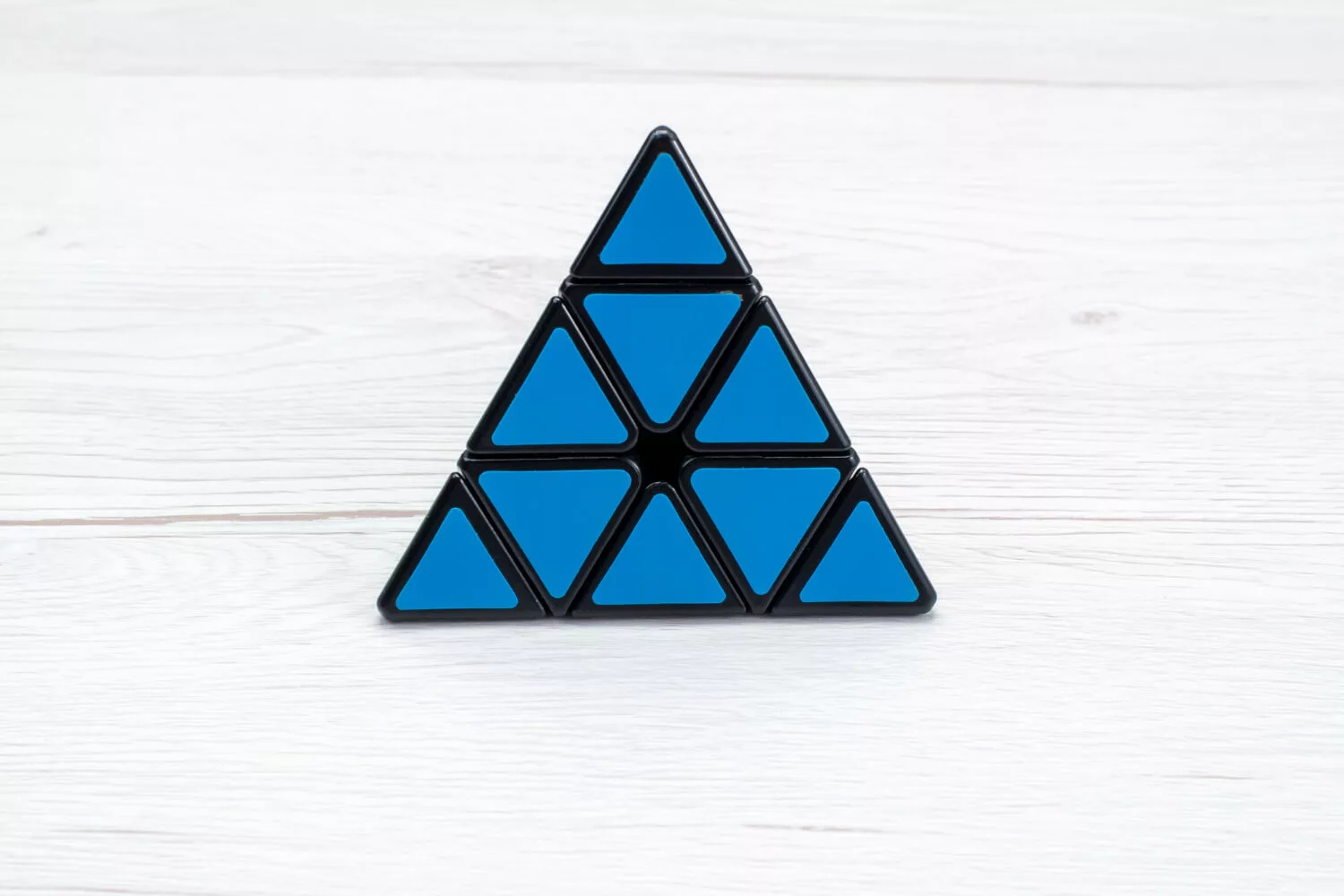Using the Cartesian coordinate system, this area of mathematics provides an effective method for representing and examining shapes, patterns, and relationships. This voyage into coordinate geometry aims to be both educational and useful, whether you’re a student, an aspiring mathematician, or someone wishing to brush up on your skills.
A coordinate system is used to represent and analyze geometric forms, points, lines, and equations in the field of mathematics known as coordinate geometry, also known as Cartesian geometry. The basic elements of coordinate geometry are as follows:
- Coordinate system: The horizontal x-axis and the vertical y-axis are two perpendicular number lines that make up a cartesian coordinate system.
- Coordinates: The ordered pairs (x, y) that make up this system’s coordinates serve to represent points. While the y-coordinate denotes the vertical position, the x-coordinate indicates the horizontal position.
- Plotting Points: You may see and deal with geometric figures and data by placing a point on the plane depending on its coordinates.
- Equations of lines: Linear equations can be used to describe lines. Two popular types are the slope-intercept form (y = mx + b) and the point-slope form (y – y1 = m(x – x1)). These equations assist inline analysis and graphing.
- Formulas for calculating distance and midpoint: Coordinate geometry offers formulas for determining the separation of two points and the midpoint of a line segment, allowing for a variety of applications in mathematics and science.
- Slope: Slope quantifies a line’s steepness and is crucial to comprehending lines and their characteristics.
The Ideas Behind and Uses for Cartesian Coordinate Geometry
Analytical geometry: Using mathematics and algebra, one can explore geometric shapes using Cartesian coordinates. You can examine characteristics such as symmetry, crossings, and tangents by expressing figures as equations.
- Function Graphs: Plotting functions on a Cartesian plane is a fundamental algebraic and calculus tool. This enables you to comprehend how several functions interact with one another, visualize the behaviour of functions, and pinpoint crucial spots.
- Vector and Vector Operations: Cartesian coordinates are essential to the study of vectors and vector operations. Addition and subtraction are performed using coordinate components, and vectors are visualized as points in space.
- Parametric Equations: Cartesian coordinates can also be used with parametric equations. These equations enable more intricate and dynamic geometric representations by describing how a point moves as it follows a path through space.
- Applications in Science and Engineering: Cartesian coordinates are used in physics to simulate the motion of objects, in engineering for structural analysis and design, and in computer science for computer graphics, navigation systems, and other applications.
- Integration with Technology: Graphing calculators and computer software have made it easier to employ Cartesian coordinates in the current day. Plotting points, graphing functions, and visualizing complicated data sets are all made simpler by them.
Also Read: Surface Areas and Volumes: Calculating surface areas and volumes of various geometric solids.
Plotting Points and Coordinates:
Ordered pairs (x, y) are used to define points in the Cartesian plane, where:
- The letter “x” stands for the x-axis’ horizontal position.
- On the y-axis, “y” denotes the vertical position.
- Plot a point by doing the following:
- Locate the origin (0, 0), which is where the axes meet.
- Move the quantity of units denoted by “x” horizontally (to the right or left) from the origin.
- From the origin, move y units vertically (up or down).
- Make a note of the intersection of your horizontal and vertical movements.
Also Read: Different types of quadrilaterals: Parallelograms And Rectangles
Important Points to Remember About the Cartesian Coordinate System
- The origin is defined as the point (0, 0) where the two axes converge.
- There are countless potential points on a Cartesian coordinate plane.
- There are no points in any quadrant that are on any of the number lines.
Also Read: Constructions: Learning to construct geometric figures like bisectors, perpendiculars, and triangles
Some Typical Applications of Cartesian Geometry:
The ideas of Cartesian geometry are vital in many disciplines and are applied in a wide range of contexts. Following are some typical applications of Cartesian geometry:
- Mathematics: Mathematical foundations include Cartesian geometry. Mathematicians use it to graph equations, functions, and geometric figures in order to study relationships between variables and address mathematical issues.
- Physics: The positions and motions of objects in space are described using Cartesian geometry. It is crucial for deciphering vectors, interpreting motion, and illustrating physical processes.
- Engineering: For design, analysis, and modelling, engineers use Cartesian geometry.
- Navigation: GPS and other navigational technologies rely heavily on Cartesian geometry.
- Architecture: To create stable and aesthetically beautiful structures, architects use Cartesian geometry while designing buildings. It is frequently utilized in blueprints and architectural designs.
- Surveying: To precisely map and measure land parcels, land surveyors use Cartesian coordinates.
- Economics and Business: To graph economic data, such as supply and demand curves, and to model financial data, economists and business analysts employ Cartesian geometry.
- Data Analysis: Scatter plots, data visualization, and the examination of interrelationships between variables are all done using Cartesian geometry in data science and statistics.
- Geometry and Trigonometry: Cartesian coordinates are essential in geometry because they help define forms and angles. They are also important in trigonometry. A branch of mathematics called trigonometry also studies triangles and angles using Cartesian geometry.
- Geometry-Based Software: Software developed on the ideas of Cartesian geometry includes CAD (Computer-Aided Design) and GIS (Geographic Information Systems) programs.
Also Read: Areas and Volumes: Calculating areas and volumes of 2D and 3D shapes
In essence, Cartesian geometry is used to establish, analyse, or visualise precise spatial connections. It is a fundamental tool in mathematics and has several practical applications since it offers an all-encompassing and incredibly versatile method for working with points, lines, and objects in two or three dimensions.
Cartesian geometry is introduced in EuroSchool using a kid-centered method. Through visual aids and practical exercises, kids learn the fundamentals of the Cartesian plane first. Using relevant examples, they learn how to plot points, draw lines, and solve basic equations. Concepts are made interesting by using real-world examples, such as route mapping.
Children learn about coordinates through interactive games and puzzles, and with age-appropriate software, they advance to increasingly difficult activities like graphing functions. To prepare young minds for complex mathematical ideas, the focus is on developing a strong foundation in geometry, promoting discovery, and making learning fun.











